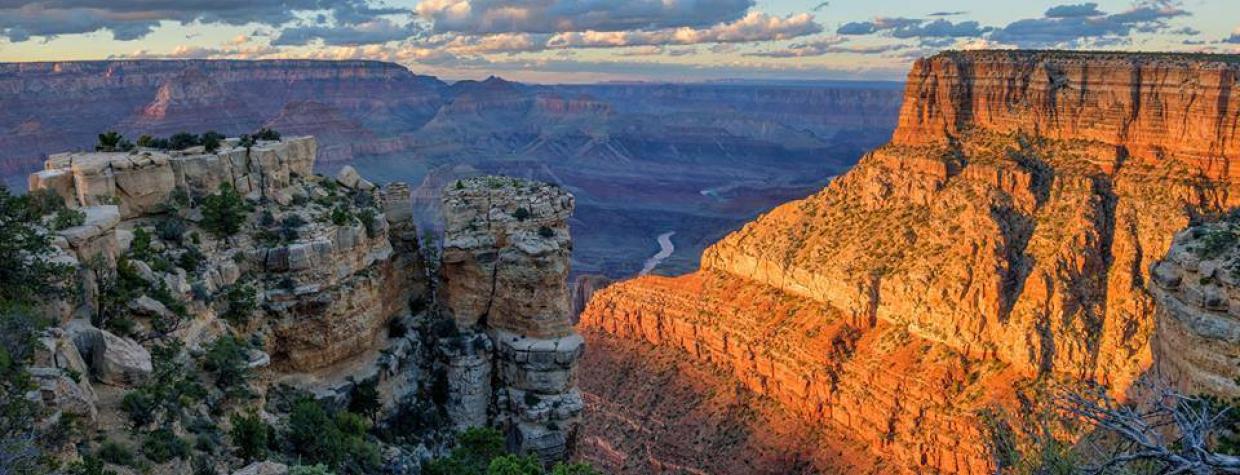During a visit to Red Butte, southeast of Tusayan, on August 8, President Joe Biden issued a new national monument designation for the greater Grand Canyon region.
Baaj Nwaavjo I’tah Kukveni – Ancestral Footprints of the Grand Canyon National Monument is the fifth monument designated by Biden in the past 10 months. It prohibits new uranium mining claims in the region and protects cultural sites on approximately 1 million acres of land outside Grand Canyon National Park.
The designation was heavily backed by members of Arizona's indigenous tribes, many of whom call the greater Grand Canyon region home.
Interior Secretary Deb Haaland, the first American Indian to hold a Cabinet position, emphasized collaboration between the federal government and tribal entities in a call with reporters on the eve of the monument's designation. She further emphasized stewardship of sacred places.
"[The monument] will ensure that Indian people can use these lands for protection of sacred and important lands, protect important plants, some of which are found only in the area, and ensure that the lands will be protected for future generations," she said.
The monument's name is derived from the Havasupai and Hopi languages. Baaj nwaavjo, in Havasupai, means "where Indigenous peoples roam," while i'tah kukveni, in Hopi, means "our ancestral footprints."
"It's not hyperbole to suggest there is no national treasure, none grander, than the Grand Canyon," Biden said during the proclamation ceremony. He went on to describe the Canyon and surrounding area as "God's cathedral."
The Arizona Trail Association noted in a press release that the new monument includes 40 miles of the Arizona Trail, the 800-mile hiking route that spans the state from north to south. "This is a historic moment for our state and nation, and we couldn't be prouder to bear witness to the protection of these lands," said Matthew Nelson, executive director of the ATA.
Learn more about the monument by reading the official White House fact sheet.

